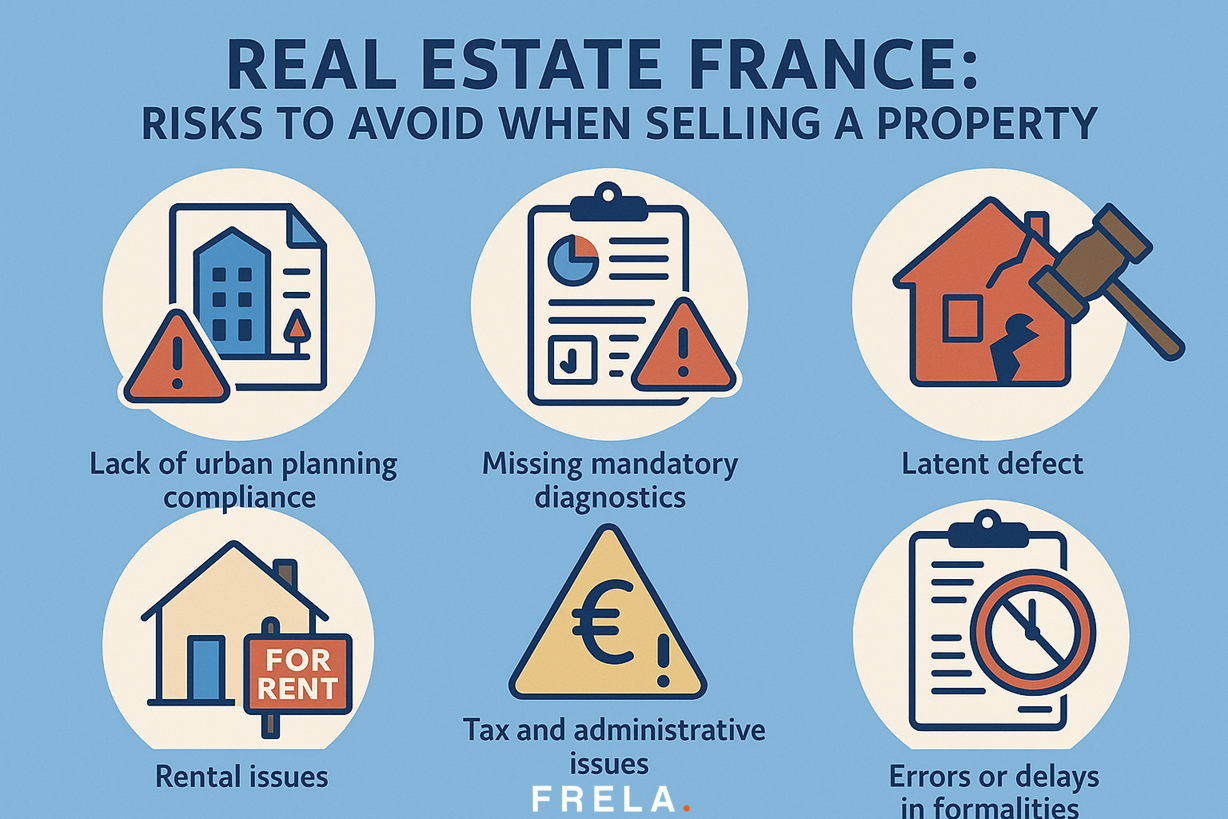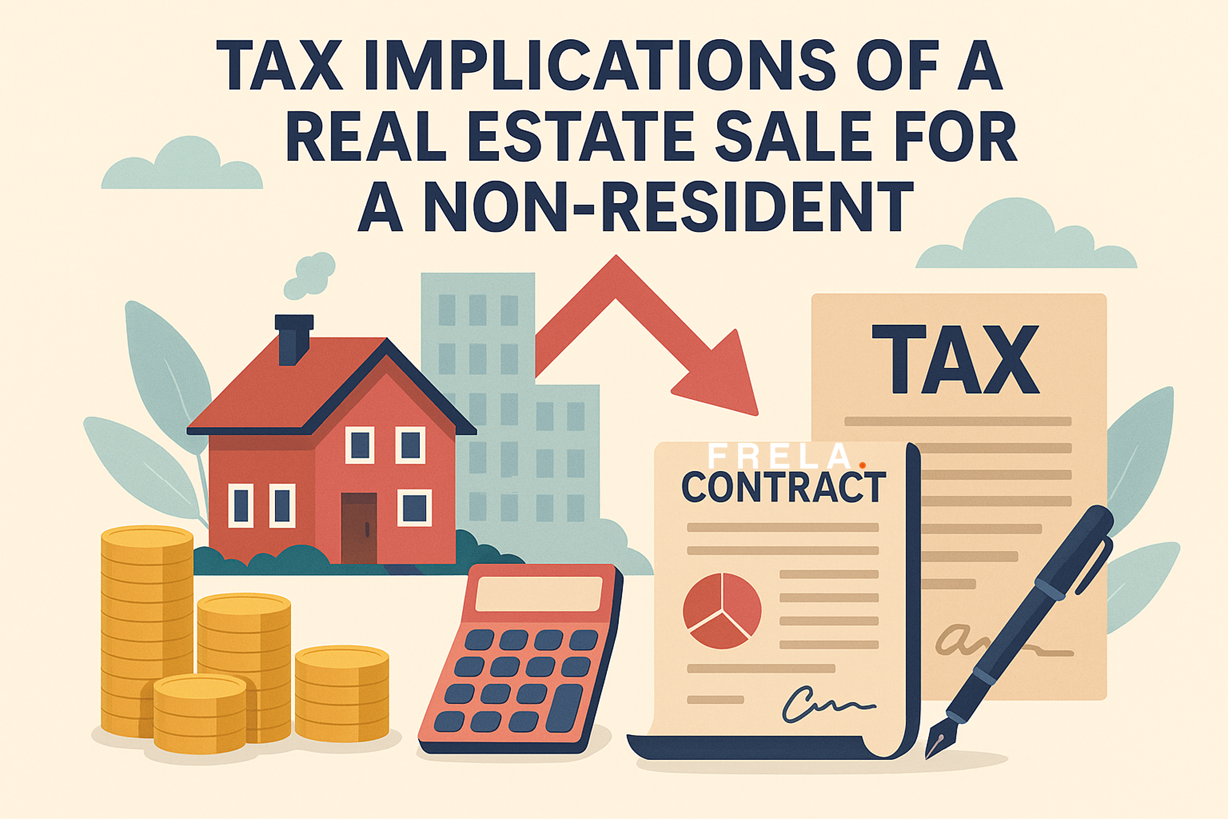How to Analyze a Co-Ownership Regulation in France: A Step-By-Step
Understanding of the French co-ownership regulation, you will be able to take advantage of the opportunities it offers while minimizing the risks it poses.
This blog post provides a step-by-step guide to analyzing a co-ownership regulation in France. The guide includes an overview of the relevant legal concepts, a discussion of the key issues to consider when analyzing a co-ownership regulation, and a listing of the resources that are available to help you understand and apply the law.
This guide is intended for lawyers who are advising clients on the purchase or sale of property in France. It will also be of interest to other professionals who need to understand the French co-ownership regulation, including real estate agents, tax advisers, and financial advisers.


What is co-ownership in France?
Co-ownership in France, or ‘copropriété’, is a system where more than one person, or a legal entity, has a right to use and enjoy a property. Common examples of co-ownership in France include an apartment building, where each apartment owner has a right to use and enjoy his or her own apartment, and the common areas of the building; or a multi-family vacation home, where each family has its own suite of rooms but shares common areas such as the kitchen and living room. Under French law, the rights and obligations of each co-owner are set out in a ‘statuts de copropriété’ or ‘rules of the co-ownership’, which are registered with the local property registry. These regulations, which are frequently updated, cover all aspects of the co-ownership, from the apportionment of the costs of maintaining and repairing the property to the activities that can be carried out in the common areas.
Who is subject to co-ownership regulation in France?
The French co-ownership regulation applies to anyone who owns property in France that is shared by two or more individuals or legal entities. This can include residential apartment buildings, industrial or commercial buildings in shared complexes, and vacation homes. The French co-ownership regulations also apply to non-resident foreigners who purchase property in France, as long as the property is registered in the French property registry. The regulations also apply to any person or entity who is party to a co-ownership agreement, such as an administrator, a manager, an architect, or an insurer. It is important to ensure that these individuals or entities are familiar with the co-ownership regulations and are aware of their respective rights and obligations.
How does the co-ownership system work in France?
The French co-ownership system is based on the principle that all owners have equal rights and obligations with regard to the property they jointly own. This means that each owner has the right to use and enjoy the property according to the rules of the co-ownership, and also has the obligation to contribute to the costs associated with the upkeep and repair of the property. The rules of the co-ownership are set out in the statuts de copropriété, which are registered with the local property registry. The statuts are normally set up at the time of the purchase or sale of the property, and may be amended over time to reflect any changes that may be made to the use of the property. They will generally set out the apportionment of costs, the rights and obligations of each owner, the appointment of a chairman or vice-chairman to represent the owners, and the responsibilities of the other professional parties involved in the co-ownership. 4.
What are the main benefits of co-ownership in France?
There are several key benefits to co-ownership in France. Firstly, it allows multiple owners to use and enjoy property in a shared and secure environment. This is especially important for property that may be difficult to manage alone, such as a large apartment or commercial building. Co-ownership also offers economies of scale, as the costs associated with the upkeep of a property may be shared among multiple owners. Furthermore, the rules of the co-ownership set out the responsibilities of each owner in terms of the upkeep and repair of the property, ensuring that everyone contributes their fair share. Finally, co-ownership enables owners to benefit from the collective wisdom of their fellow owners by giving them a platform for constructive dialogue about the future of the property. This ensures that everyone’s interests are taken into account when decisions are made about the upkeep and development of the property.
Are there any drawbacks to co-ownership in France?
Unfortunately, there are some potential drawbacks to co-ownership in France. The most significant of these is the risk that one or more owners may not honour their obligations under the rules of the co-ownership, leaving the remaining owners to bear an unequal burden of costs or responsibilities. There is also the risk of disputes over the use of common areas or the apportionment of costs. These disputes can be expensive and time-consuming to resolve and can lead to a breakdown in communication between the owners. Finally, it is important to bear in mind that the rules of the co-ownership are binding on all parties and can be difficult to amend or repeal. This means that it is essential to ensure that all owners are aware of their rights and obligations, and to keep the rules of the co-ownership up-to-date.
How to analyze a co-ownership regulation in France: a step-by-step
When analyzing a co-ownership regulation in France, it is important to consider all aspects of the regulation in order to identify any potential risks and opportunities.
Step 1: Review the Statuts de Copropriété
The first step is to review the statuts de copropriété to understand the rights and obligations associated with the co-ownership. This should include a thorough examination of the apportionment of costs and responsibilities, the duties of the manager and other professionals involved in the co-ownership, and any relevant restrictions or prohibitions on the use of the property.
Step 2: Consult the Local Property Registry
The second step is to consult the local property registry to verify that the statuts de copropriété are recorded and to check that they have not been amended since their initial registration. It is also important to review any related documents, such as the deed of sale, certificates of service and maintenance, and other public documents.
Step 3: Understand the Risks and Opportunities
The third step is to consider the risks and opportunities associated with the co-ownership. This includes assessing any potential legal or financial risks.
About the Author :
Business lawyers, bilingual, specialized in acquisition law; Benoit Lafourcade is co-founder of Delcade lawyers & solicitors and founder of FRELA; registered as agents in personal and professional real estate transactions. Member of AAMTI (main association of French lawyers and agents).
FRELA : French Real Estate Lawyer Agency, specializing in acquisition law to secure real estate and business transactions in France.
Paris, 19 Rue du Colisee, 75008 Paris
Bordeaux, 78 Cours de Verdun, 33000 Bordeaux
Lille, 40 Theater Square, 59800 Lille





